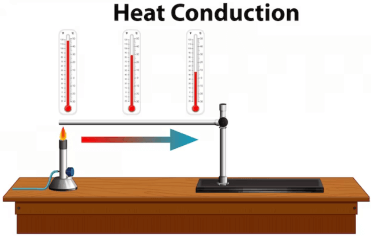Question
a.
allocate separable costs
b.
allocate joint costs
c.
compute gross margin
d.
assign total cost to completed units
Posted under Costing Methods Cost Accounting
Interact with the Community - Share Your Thoughts
Uncertain About the Answer? Seek Clarification Here.
Understand the Explanation? Include it Here.
Q. The fifth step in process costing system is to
Similar Questions
Explore Relevant Multiple Choice Questions (MCQs)
Q. The forth step in process costing system is to
View solution
Q. The costing method, which calculates per equivalent unit cost of all the production related work done, till calculated date is termed as
View solution
Q. The second step in processing costing system is to
View solution
Q. The standardized technique that is performed repetitively on different kind of materials to convert them into different finished products is known as
View solution
Q. If the total incurred cost in a production process are $30000 and the number of output units are 5000 units, then the units cost will be
View solution
Q. If the cost incurred for work in process inventory is $350000 and total equivalent units completed till date are 3500, then weighted average cost will be
View solution
Q. The third step in process costing system is to
View solution
Q. The hybrid costing system, which is applied to batches of similar products, but are not identical is classified as
View solution
Q. The costing system, which classify cost into cost categories in a way when an expense is incurred in the process is called
View solution
Q. Total cost related to work in process inventory is divided by total units of work done is used to calculate
View solution
Q. The costing system, which is a combination of process costing and job costing system, is classified as
View solution
Q. The partial or completed units of manufactured goods, that do not meet customer specifications and get sold at reduced price or simply discarded, are called
View solution
Q. In process and job costing system, the normal spoilage cost is considered as
View solution
Q. The types of spoilage include
View solution
Q. Which one of the following is an example of spoilage?
View solution
Q. The units of normal spoilage are divided to total completed units, rather than total actual produced units to calculate
View solution
Q. An amount of spoilage that is not natural in a specific production process is categorized as
View solution
Q. The sum of beginning work in process inventory units and started units, is subtracted from the sum of ending work in process inventory units and transferred out units of goods, to calculate
View solution
Q. The stage in production process, where the manufactured goods are checked; whether the units are acceptable or not is classified as
View solution
Q. The production units that do not meet customer specification, but can be sold to other customers as finished goods are classified as
View solution
Recommended Subjects
Are you eager to expand your knowledge beyond Cost Accounting? We've handpicked a range of related categories that you might find intriguing.
Click on the categories below to discover a wealth of MCQs and enrich your understanding of various subjects. Happy exploring!








